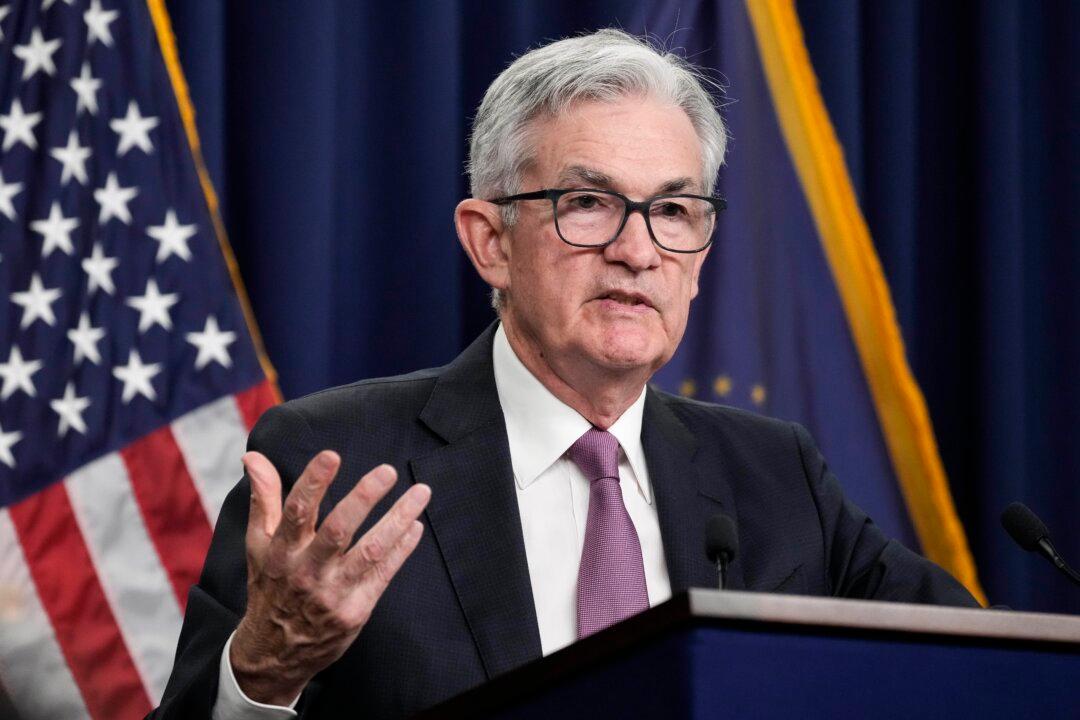The Federal Reserve will use its tools “forcefully” to attack the 40-year high level of inflation by continuing to tighten monetary policy ”for some time,” Federal Reserve Chairman Jerome Powell said at a central banking conference, on Aug. 26, at which he struck a hawkish tone that sent stocks tumbling.
Powell, in his long-awaited remarks at the annual event in Jackson Hole, Wyoming, said that higher interest rates will mean “slower growth,” “softer labor market conditions,” and “some pain for households and businesses.”





